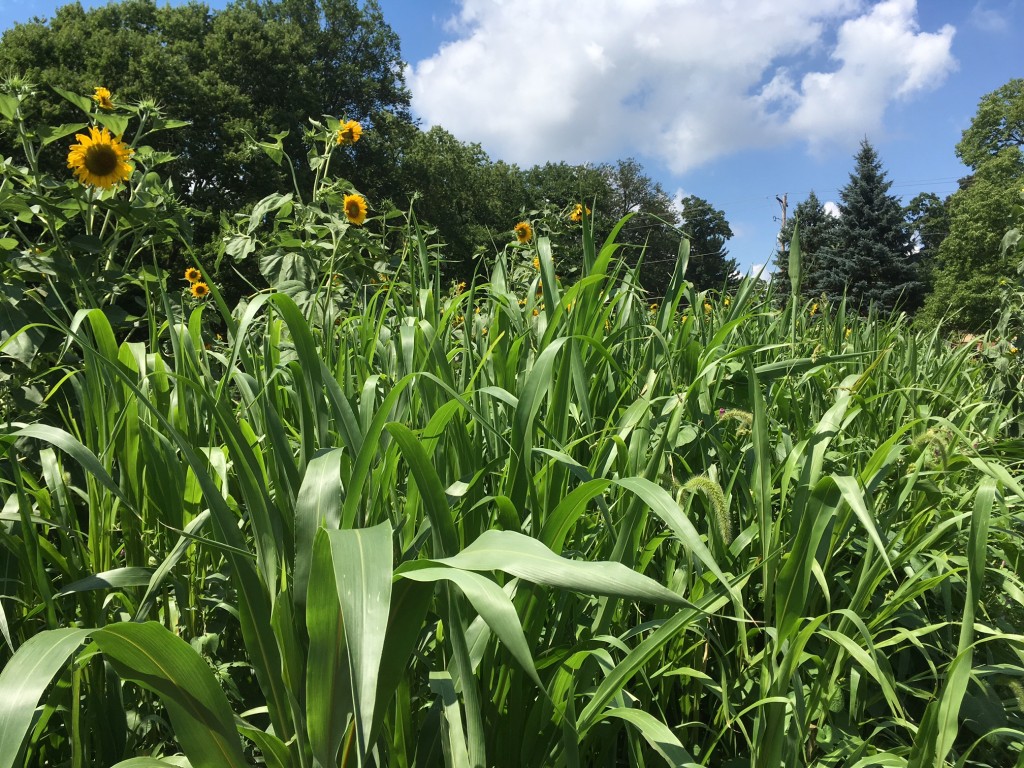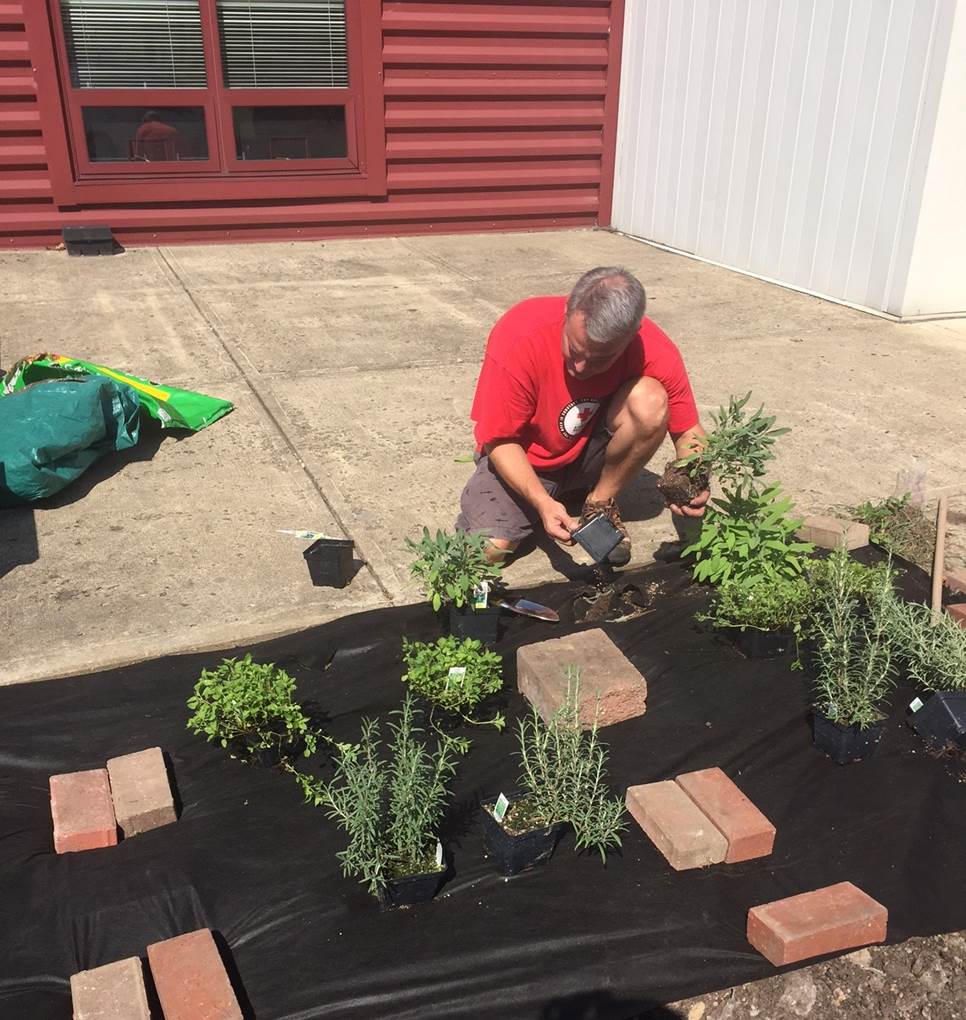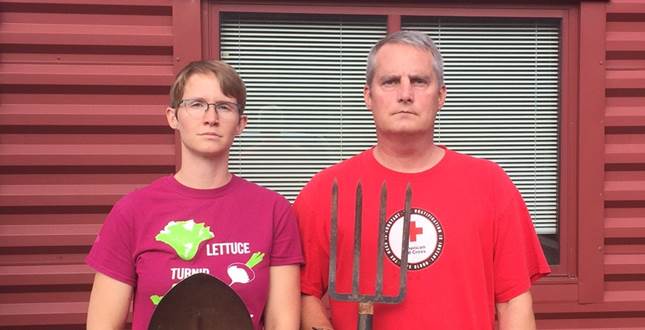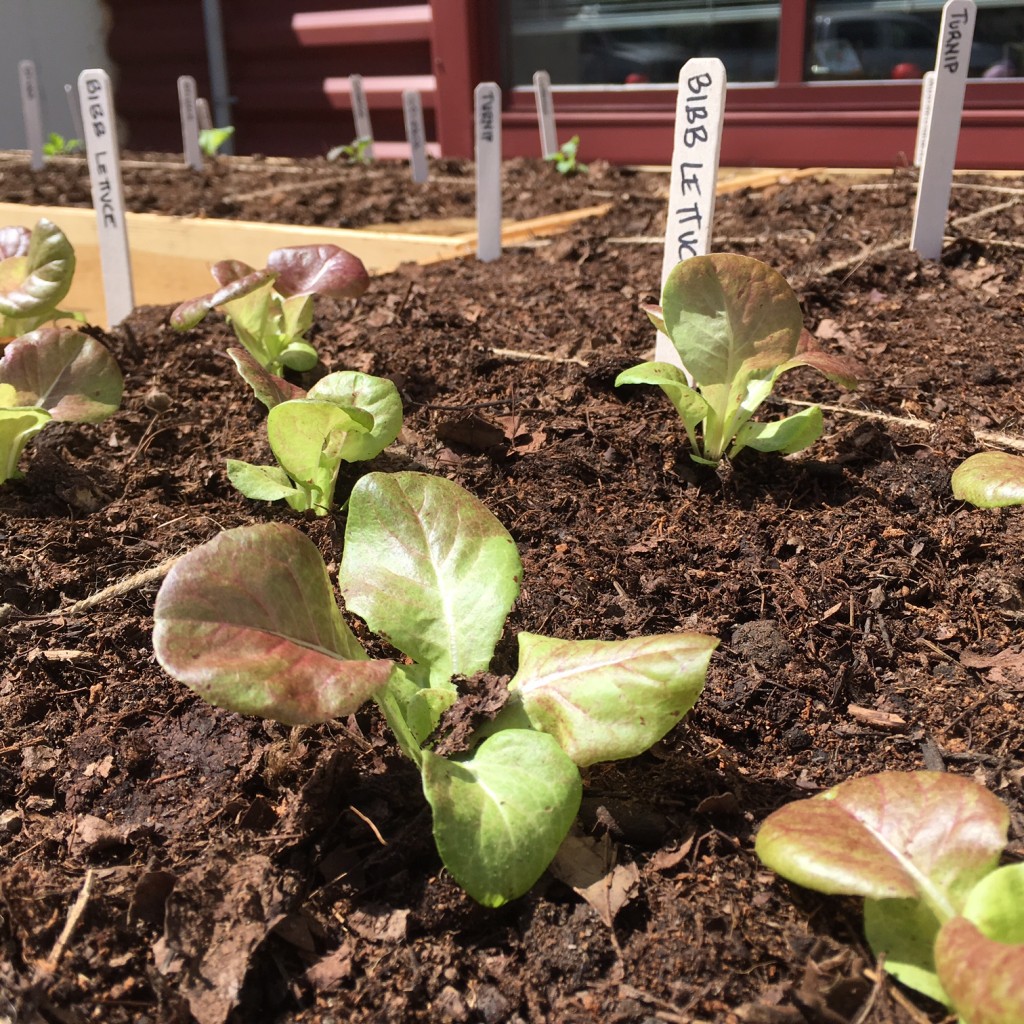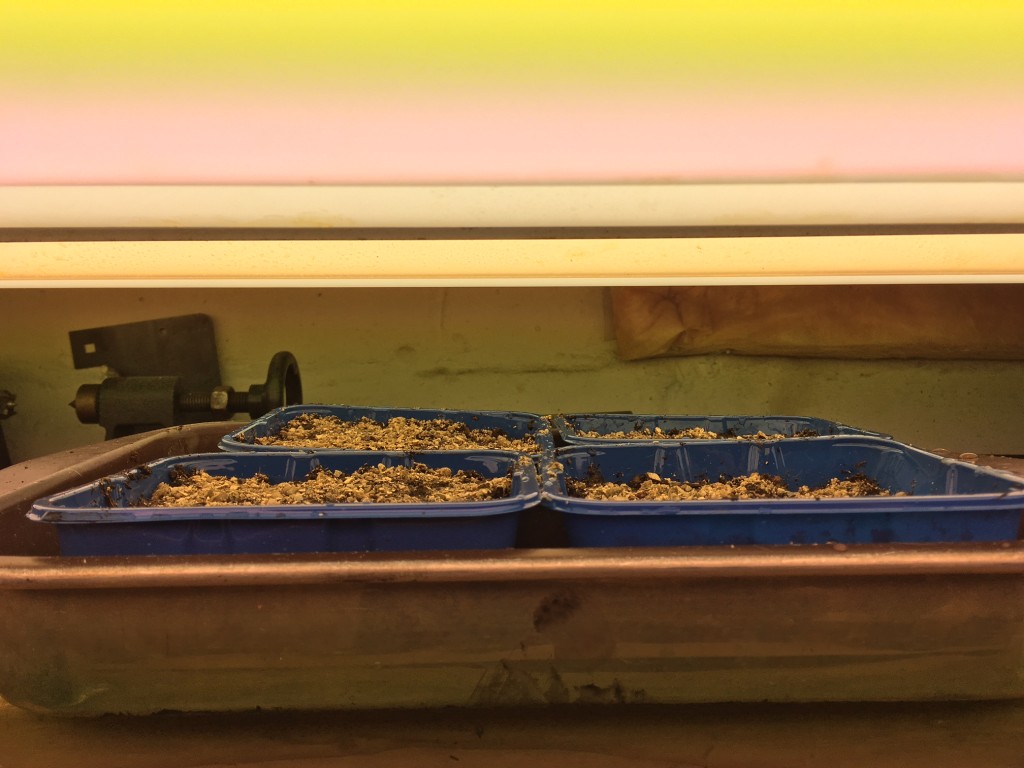When I first started my job in Extension I asked my boss what my expectations are at my job. In Extension you are supposed to find out what your county needs and then use your own knowledge as well as all the combined smart people in the OSU College of Food, Agriculture and Environmental Sciences and then provide programming and that combined knowledge to solve those needs. That can take awhile. He said I should spend the first year getting out to meet people, talk to them and learn about Hocking County.
In doing that I have been asked if I could help with many things. Farmer’s Markets, Senior accessibility to fresh produce, as well as assistance to either maintaining multiple community gardens or starting up new gardens have been some of the biggest and most frequently mentioned concerns. I have also been teaching classes on how to grow fruits, vegetables and herbs. My thoughts are that the best, freshest local produce you can get comes from your own backyard.
So while waiting in the lobby at the Southeast Ohio Regional Food Bank to meet with Sam Gress, Food Services Coordinator, to talk Logan Community Garden (not her fault, I did not have an appointment, I just show up places sometimes.) I noticed that the Food Bank has a processing facility and that they process and sell produce from the Food Bank. And it hit me. A way to combine several problems into one problem as well as the solution to that problem: convert part of the unused ground at the Food Bank into an Urban Farm. They can grow it, process it and use it for multiple amazing causes right there at the Food Bank.
So Sam and I are creating The Urban Farm at Southeast Ohio Regional Kitchen.
Phase I:
Create a perennial herb garden. Once this is done we will be a farm, believe it or not. Urban farming is a little different than its regular cousin. Phase I has already started and is going to hopefully be finished this week. It is going to go here, right at the front door to the Food Bank and will be decorative as well as functional.

Before pic – old weedy ornamental bed
Not so awesome in the before pic. But if the weeds are removed and a bunch of compost is added it looks a little better.
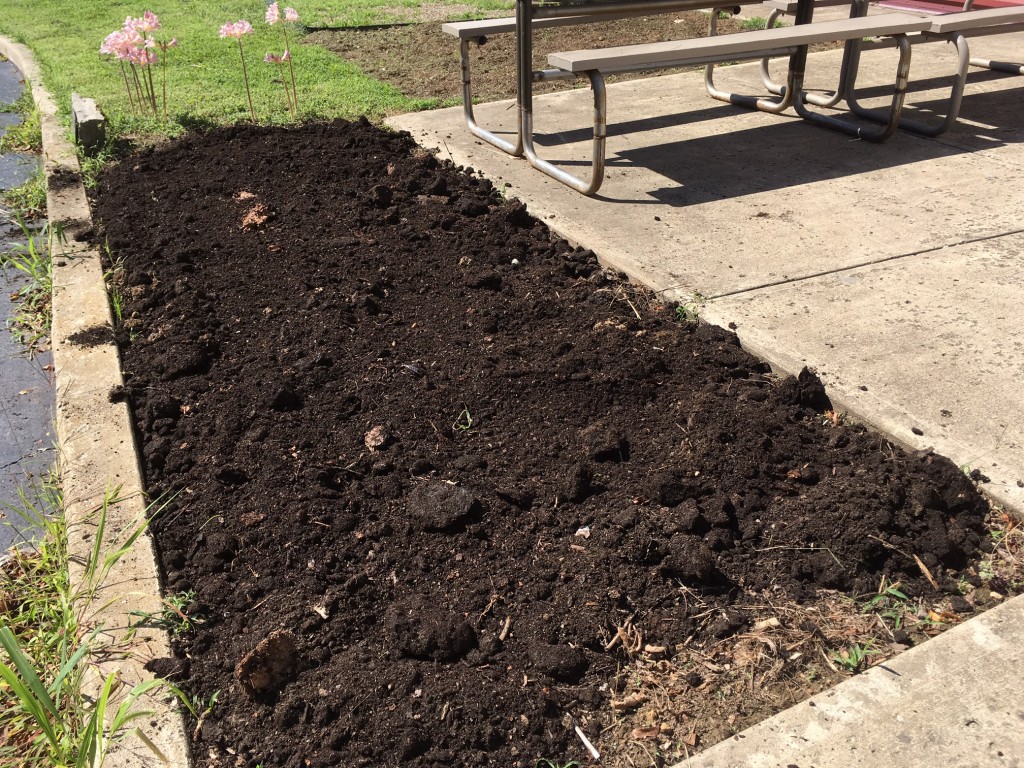
cleared, composted and ready to plant
Sam and I are headed to pick up some herbs from Rick Webb, of Webb’s Perennials and hope to plant this week. If you do not know Rick he is easily one of Hocking County’s amazing unsung heroes. Big thanks to Rick for helping make this happen.
Phase II:
In Phase II, Sam and I will be constructing a series of raised beds on a different part of the Food Bank’s grounds. This will be used to start vegetable production in Spring 2017.
Phase III:
In Phase III, the garden will be expanded with the hope for either a greenhouse or hoop house to allow season extension and larger scale of in-house produced transplants to allow the garden to self sustain production.
Sam and I would like to give a huge THANK YOU!!!! to the folks that are helping get this project started with their generous pledges of funding and materials. There are lots of outstanding people in Hocking County. That is why I love working here.
- Rick Webb, Webb’s Perennials
- Mikes Lumber Company LLC
- Scenic Hills Senior Center, Marjorie Moore, Executive Director
- Sandy Ogle, Hocking County Commissioners
- Hocking Valley Community Hospital, Latricia Johnston, Director Foundation/Community Relations
- Southeastern Ohio Food Bank/HAPCAP(Hocking Athens Perry Community Action)
- Sam Gress, Food Services Coordinator
- Katie Schmitzer, Executive Director
Wish Sam and I some luck, neither of us grew up on a farm. I will keep you all updated on our progress. This project has the potential to impact many lives in a positive way.


















